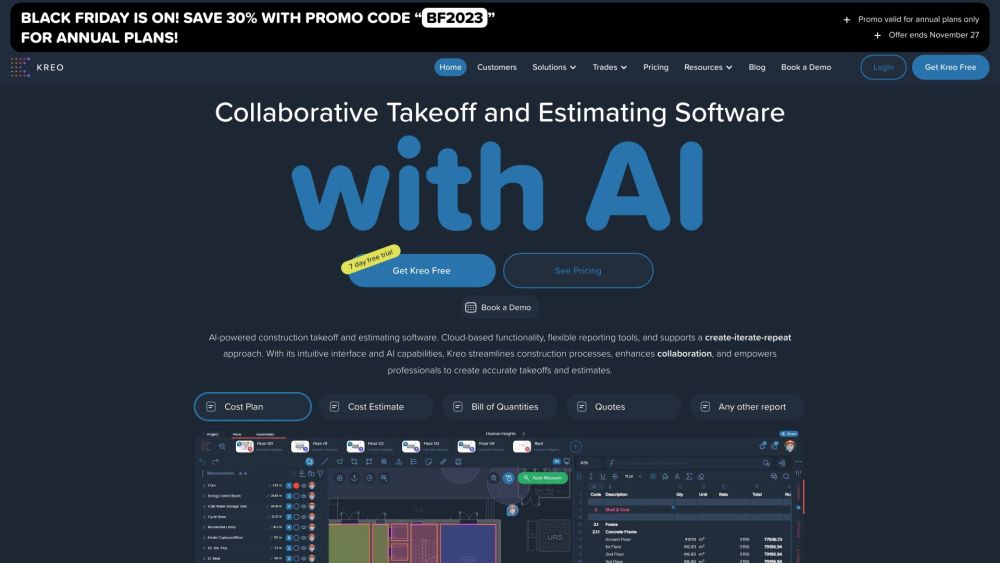Weaponizing AI is emerging as a significant catalyst for new and complex cybersecurity threats, poised to reshape the cybersecurity landscape for years. From rogue attackers to sophisticated advanced persistent threat (APT) teams and nation-state actors, weaponizing large language models (LLMs) has become the preferred methodology. Adversarial AI presents an unforeseen threat that security teams must now confront.
As attackers refine their techniques in the ongoing AI arms race, cyber threats are evolving to be faster, more nuanced, and more damaging. According to Forrester’s "Top Cybersecurity Threats in 2024" report, security teams will face increasing challenges in maintaining the balance of power against weaponized AI attacks.
AI Agents and Ransomware-as-a-Service
In an effort to democratize weaponized AI, attacker groups—including APTs and nation-states—are now offering ransomware-as-a-service, FraudGPT starter kits, IoT attack services, and guidance on executing undetectable malware attacks. CrowdStrike's 2024 Global Threat Report indicates that malware-free attacks surged from 71% in 2022 to 75% in 2023.
The Growing Cyber Threat Landscape
Enterprises are under siege. Forrester’s recent survey reveals that nearly 78% of security and risk management professionals believe their organization faced a breach or compromise within the past year. The report highlights a 13% increase in professionals reporting six to ten breaches over the previous year. Moreover, 48% of respondents experienced a breach or cyber incident costing over $1 million, with many incidents averaging $2,183,333 in total expenses.
Top 5 Security Threats for 2024
Forrester identifies five major security threats this year:
1. Narrative Attacks: These tactics aim to distort the truth by manipulating narratives and swaying public opinion, especially during electoral seasons. Recent examples include Russian attempts to incite political dissent regarding the U.S.-Mexico border.
2. Deepfakes: The rise of deepfakes, fueled by cheap computing power and generative AI, poses threats in fraud, ransomware, and the manipulation of public perception. Mitigating these risks requires advanced algorithms to identify altered audio and images.
3. AI Responses: Defending against prompt engineering and data exfiltration through repetitive prompt attacks is crucial as enterprises adopt generative AI apps. New technologies, like PrivateAI and ProtectAI, are emerging to ensure data safety while streamlining productivity.
4. AI Software Supply Chain: Attackers increasingly target software supply chains to embed malicious programs, with 91% of enterprises reporting incidents within a year. The vulnerability of these systems demands improved security measures throughout development pipelines.
5. Nation-State Espionage: Espionage remains a primary objective for nation-state attacks. The Council on Foreign Relations reports that 82% of such attacks in 2023 aimed at gathering intelligence. Recent vulnerabilities in satellite technology underscore the need for robust defenses in this arena.
As organizations navigate these multifaceted threats, they must prioritize advancements in cybersecurity while leveraging innovative solutions, ultimately ensuring a resilient defense against the future of weaponized AI.




